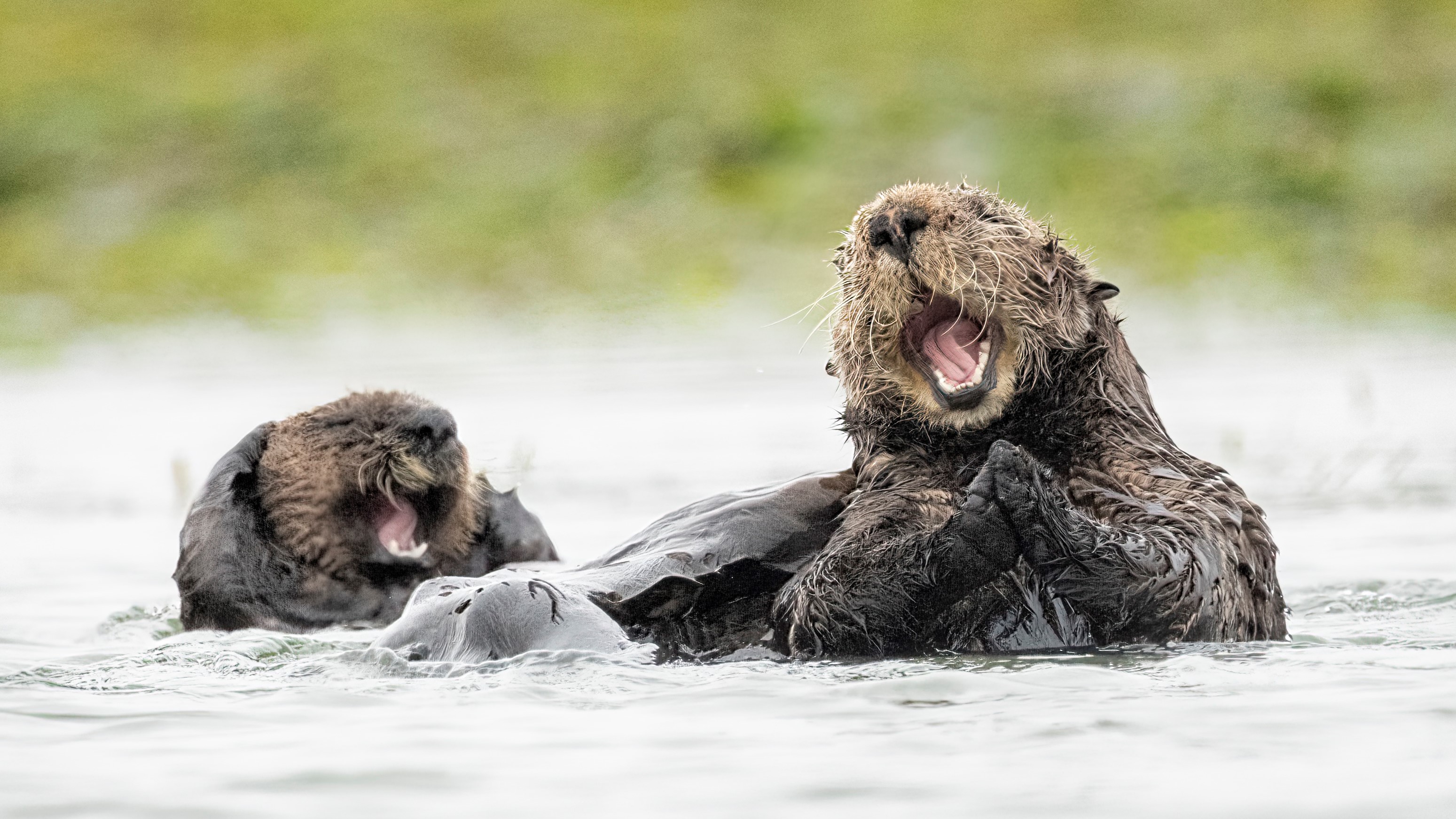
A Buddhist ritual has created an all-you-can-eat buffet for otters living near rivers on the Tibetan Plateau, new research suggests.
"Fangsheng," meaning life release, is the religious practice of saving and releasing animals that were destined to be slaughtered. Buddhist texts recommend the ritual as a way of "paying back debt," "erasing bad luck… healing illness" and "extending one's life," among other benefits, according to a 2020 study in the International Journal of Interreligious and Intercultural Studies.
In accordance with this practice, Buddhists living on the Tibetan Plateau in southwestern China have been releasing fish they buy from markets into local rivers since at least the 1990s, a study published June 21 in the journal Current Zoology has found — and otters have acquired a taste for the newly freed fish.
"Religious fish release may provide additional food resources for otters," researchers wrote in the study. Released fish are usually exotic, non-native species, such as crucian carp (Carassius carassius) and common carp (C. carpio), that could spread diseases or compete with native species for resources. Local authorities banned releasing non-native fish into the wild in 2019, but residents were largely unaware of this, the study noted.
Related: Alaskan sea otters were brought back from the brink of extinction. Now wolves are hunting them.
Despite thousands of fish being released every year, researchers found only a handful swimming in local rivers, including just two crucian carp in samples taken during spring 2022. This species has successfully invaded and established populations elsewhere on the Tibetan Plateau, according to the study.
'Adventurous consumers'
Eurasian otters (Lutra lutra) are top predators and "adventurous consumers" that don't shy away from new food options, the researchers said. To find out whether otters are feasting on ritual fish, the team analyzed otter fecal samples on the banks of the rivers where the fish are released
The researchers found that, despite making up a tiny proportion of the fish available, non-native fish species made up 20% of the prey detected in otter poop, suggesting they seek out the ritual fish over naturally occurring species. "Eurasian otters showed a preference for released fish," the study authors said. The researchers propose that by hunting exotic fish, the otters may mitigate the impact of Fangsheng and prevent non-native species from colonizing the river ecosystem.
Otters probably aren't choosing released fish for their taste but because they are easy to catch.
Exotic species have not evolved to cope with the cold, low-oxygen conditions on the Tibetan Plateau. With an average elevation of 14,800 feet (4,500 meters) above sea level, it is often referred to as the "roof of the world," according to NASA's Earth Observatory. As a result, released fish may not swim as fast as native species, the researchers suggested.
"Another reason may be that non-native fish have higher nutrition and/or energy, which needs to be studied further in the future," the authors wrote. The team hopes to continue investigating the role of otters in removing released fish by excluding the predators from a stretch of river.







